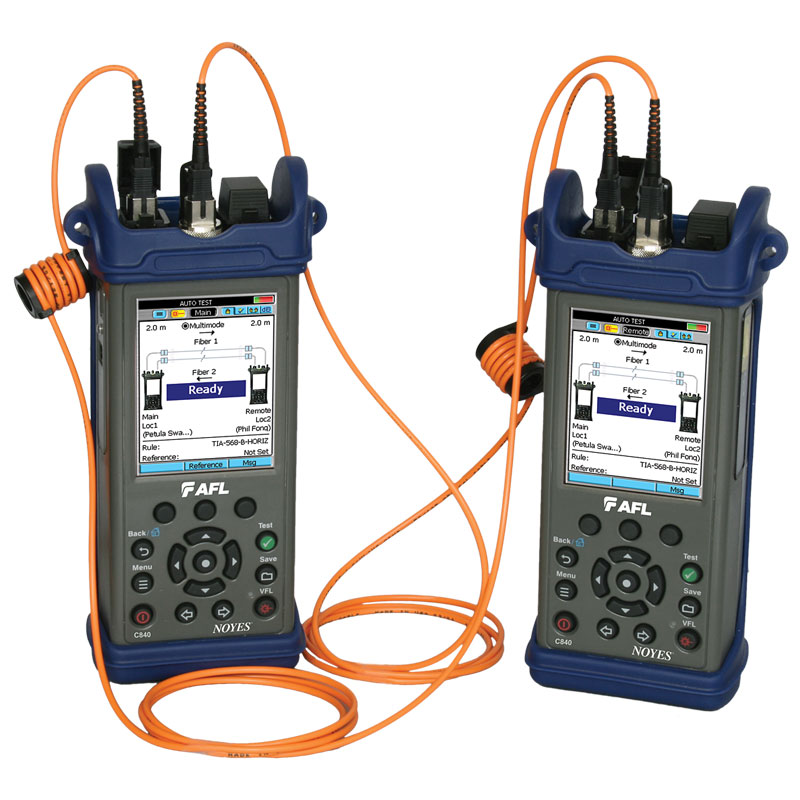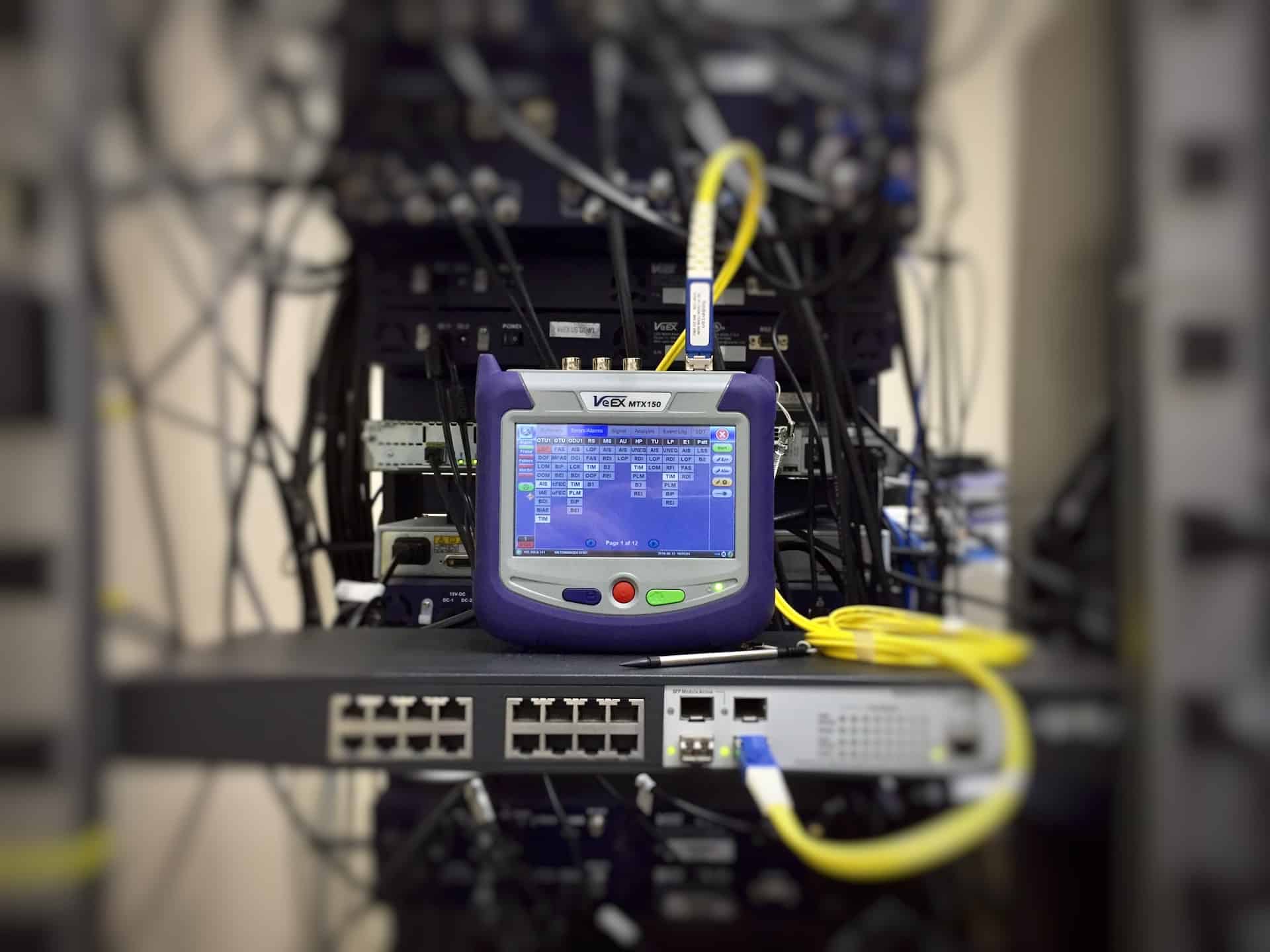The Role of Optical Fibre Screening in Ensuring Top Quality and Effectiveness in Connection Solutions
In today's quickly evolving electronic landscape, the importance of optical fibre screening can not be overemphasized, as it offers as a cornerstone for guaranteeing the quality and performance of connectivity remedies. As modern technology continues to advance, the future of optical fiber testing presents intriguing challenges and possibilities that warrant closer assessment.
Value of Optical Fiber Testing
The significance of optical fibre screening can not be overstated in making certain the stability and efficiency of interaction networks. As the foundation of modern-day telecommunications, optical fibers promote high-speed data transmission, making their reliability vital to operational success. Evaluating acts as a proactive action to recognize prospective issues such as signal loss, attenuation, and physical damages, which can compromise network efficiency.
Normal testing permits the confirmation of installment quality and the discovery of defects that can affect data integrity - fibre testing equipment. By using rigorous screening methods, network drivers can minimize the threats related to network failures, consisting of downtime and monetary losses. Optical fiber screening ensures compliance with industry criteria and guidelines, boosting the total top quality of service provided to end-users.
Inevitably, the methodical evaluation of optical fibres adds to the longevity and efficiency of communication systems. It makes it possible for stakeholders to make educated choices pertaining to maintenance, upgrades, and troubleshooting. In a landscape where information is significantly vital, focusing on optical fiber screening is vital to maintaining robust and effective connection options, thus supporting the demands of modern electronic environments.
Sorts Of Optical Fiber Tests
Various testing methods are utilized to ensure the functionality and integrity of optical fibers within communication networks. These tests can be broadly classified right into 2 primary types: setup tests and maintenance tests.
Installment tests are conducted promptly after the installment of optical fibre wires to confirm their performance and honesty - optical fibre testing equipment. One of the most usual installment tests consist of Optical Time-Domain Reflectometry (OTDR) examinations, which assess the high quality of the fibre by determining faults or breaks, and end-to-end loss tests, which measure the complete optical loss from one end of the fiber to the other
Upkeep examinations, on the various other hand, are done regularly to ensure continuous performance and find prospective issues with time. These consist of visual evaluation, which look for physical problems or incorrect installations, and connection tests, which validate that the signal can travel through the fiber without interruption.
Furthermore, advanced examinations such as Polarization Setting Diffusion (PMD) and Chromatic Diffusion (CD) tests can be performed to review the fibre's efficiency under numerous conditions. By employing these varied screening methods, technicians can keep high requirements of top quality and reliability in optical fibre networks.
Benefits of Routine Testing
Normal testing of optical fibres plays a crucial duty in maintaining the general performance and dependability of interaction networks. By carrying more out normal evaluations, organizations can ensure that their fiber optic setups meet market standards and operate efficiently. This proactive approach assists to recognize potential weaknesses and deterioration in time, allowing for prompt interventions prior to problems escalate.

Cost-effectiveness is one more benefit. By dealing with small issues early, organizations can stay clear of the high expenses related to major repair work or system failures. Routine screening likewise cultivates conformity with regulative Discover More demands, making certain that the network follows required security and efficiency requirements.
Typical Problems Determined
Identifying usual concerns in optical fiber networks is vital for maintaining optimum efficiency and dependability. Numerous variables can contribute to interruptions, including physical damages, inadequate installment practices, and environmental influences.
Physical damage, such as bends, breaks, or abrasions, can considerably weaken signal high quality. Improper installment methods, consisting of too much stress or inadequate securing of cables, might result in increased attenuation and loss of connectivity. Furthermore, ecological factors such as temperature level fluctuations, wetness access, and rodent interference can jeopardize the integrity of the fibre.
Connector problems also regularly develop, with incorrect positioning or contamination resulting in increased insertion loss. Splicing mistakes can introduce significant signal deterioration if not carried out with precision.

Attending to these common concerns with normal optical fibre testing not only boosts network reliability but also enhances overall efficiency, guaranteeing that connection remedies remain durable and reliable.
Future Trends in Examining
As the demand for high-speed connection continues to rise, the future of optical fiber testing will increasingly concentrate on automation and advanced analytics. The assimilation of expert system (AI) and artificial intelligence (ML) in screening procedures will enable much more effective data click for source evaluation and predictive upkeep, reducing downtime and boosting total network integrity. Automated screening remedies will simplify the evaluation and qualification of fiber networks, reducing human error and increasing testing throughput.
One more substantial fad is the fostering of remote testing technologies. As the implementation of fibre networks expands into remote and underserved areas, remote screening capacities will permit technicians to monitor and diagnose network conditions without physical presence, thereby lowering functional costs and boosting feedback times.
In addition, there will certainly be a change towards even more detailed screening standards that encompass not just conventional loss measurements however also performance metrics such as latency and data transfer usage. This alternative technique will assist in much better network management and optimization approaches.
As these patterns advance, the optical fiber testing landscape will certainly not just boost the quality and efficiency of connection remedies but likewise sustain the growing intricacies of modern-day interaction networks.
Final Thought
In verdict, optical fiber screening offers as a basic component in keeping the honesty and effectiveness of interaction networks. The continuous dedication to routine testing not only boosts information transmission however additionally lines up with industry standards, fostering integrity in network infrastructures.